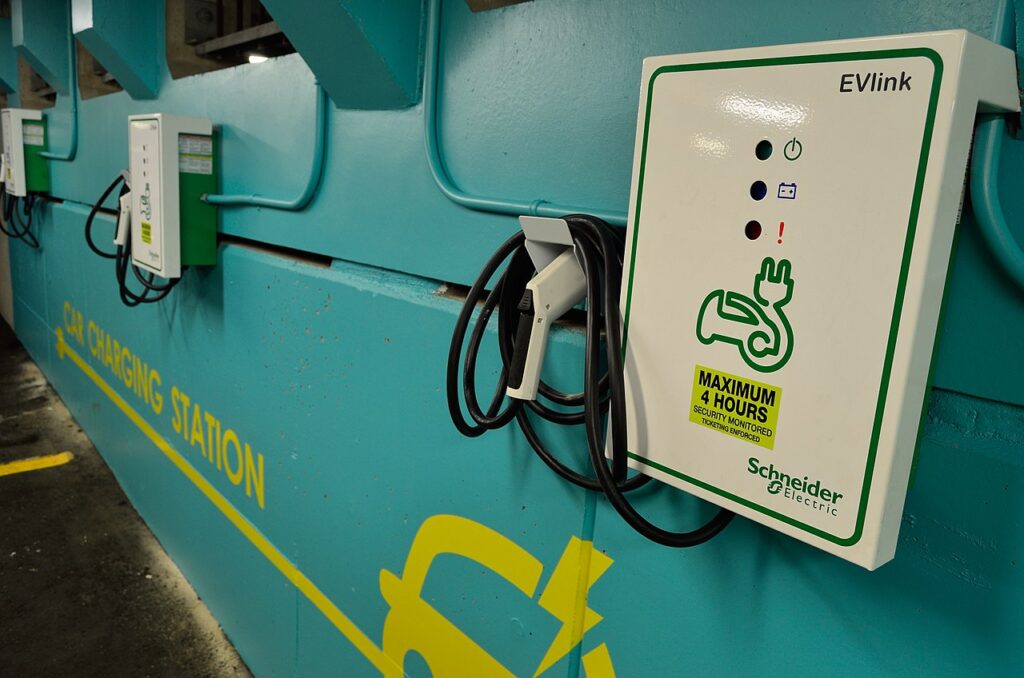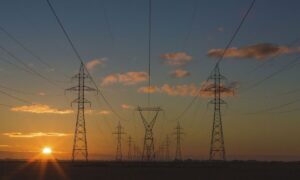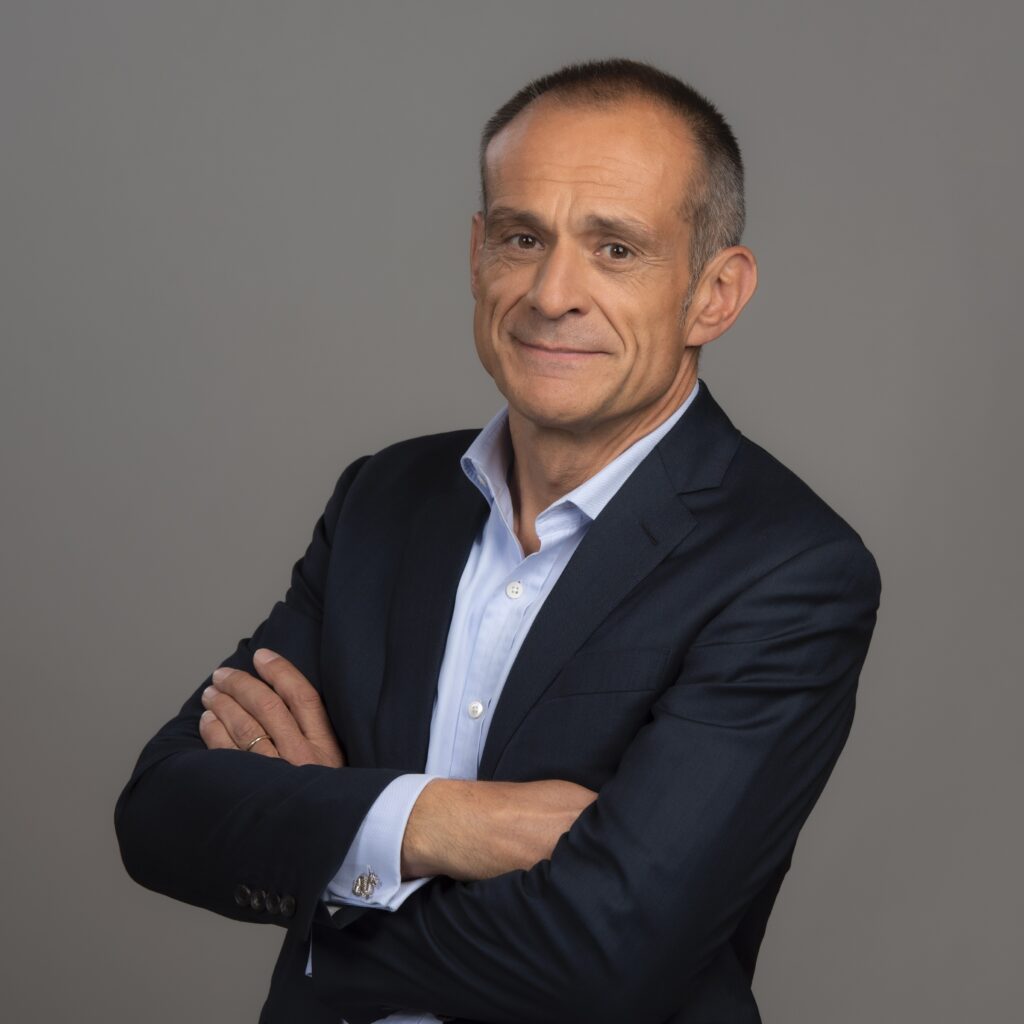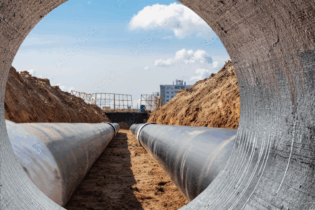The modern world runs on electricity, without it, everything grinds to a halt. But, as the global community moves away from fossil fuels, and towards decarbonisation, we must collectively ask: “How do we address this challenge?”
Schneider Electric, a global company with its roots going back to 1836, is inextricably tied to the history of electricity. As a pioneer in the early electricity market, to presently leading the charge in sustainability (name the world’s most sustainable company in 2024), the company’s chairman – Jean-Pascal Tricoire – is in a unique position to answer some of the more pressing questions we have for the future. “We have different problems now than we did just 20 years ago, we need to bring different solutions. Not plasters either, but solutions. Schneider Electric’s solutions and products are geared directly to create a more sustainable world, which is why we prioritise electrification, sustainability and digitalisation,” he says.Why electrify?
Electrification is the process of replacing the technologies or processes that rely on sources such as gas, and fossil fuel, with electricity. Electricity from fossil fuels has been key to modernisation and humanity’s major technological leaps, but it’s hard to ignore the bitter reality of its environmental impact. Climate change is no longer something to worry about in the future, it is here, and solutions must be hard and fast in order to prepare for it and mitigate its effects. Jean-Pascal adds that “on the surface, it’s very simple. Climate change comes from carbon emissions, carbon emissions come from the way we generate and use energy. Change that and then you’re fighting climate change.” This is where electrification becomes key, taking existing technologies and changing their power source to become more sustainable. “Electrification is one the most powerful tools available in fighting carbon emissions. For anyone looking into sustainability, electrification should be a priority.” Beyond decarbonising and sustainability, there are other advantages to electrification:- The rising price of gas and oil has made these fuel sources not only environmentally unfeasible but economically unattractive. Most countries are still dependent on these resources and in turn, depend on trade with other countries to source them. By accelerating electrification, governments can save capital while becoming self-sufficient.
- With older fuel resources becoming legally and technology obsolete, early adoption of electrification creates a sustainable future job market. Solar panels, alternative electricity, and electric vehicles, all require expertise. This process saves the environment but future-proofs the electrical sector.
- Cleaner air from fewer air pollutants is also a health benefit of electrification.

Schneider Electric EV chargers which can aid in the future-proofing and sustainability of a building
The digital era
This technological revolution hinges not only on electrification but the convergence of multiple technologies. Schneider Electric identifies electrification and broad digital transformation as the two most important concepts that intersect within sustainability that are propelling this revolution. In the 1990s or as Jean-Pascal jokingly calls it “the Jurassic period” this little invention called the internet would go on to radically shift the way human beings exist. This new interface would bring people together and this phase is called the “internet of people”. It would be reductive to say the internet changed humanity, with some scholars even differentiating between homo-sapiens as humans pre-internet and homo-interneticus as post-internet. If the internet of people radically changed the way we relate to each other, the next phase will radically change the way we interact with our environment. The Internet of Things (IoT) seeks to bridge communication between ourselves, the spaces we inhabit, and the technology we use.Smart buildings to smart cities have the potential to open up spaces and allow for easier access by the people who live in these spaces. The social element of smart spaces is complemented by the financial and environmental wins. Buildings account for 37% of the world’s carbon emissions, this provides a powerful opportunity to address emissions one site at a time. According to Schneider Electric, transforming buildings into more sustainable spaces is a simpler process than one might think. Jean-Pascal elaborates saying, “When transforming a building there is a simple checklist.”
- Ensure the data you have is the right data, with the IoT it is possible to get real-time data that actually helps in decision-making.
- Make use of AI and digital twins to project your data, this will lead to improved efficiency within the building.
- Electrify the building. Set up EV hubs, and heat pumps.
- Using cleaner energy onsite such as solar, and microgrids, and setting up power purchasing agreements lead to a more efficient building.
Electric Africa
With all this talk about the future, the question of Africa begs to be addressed. How do we realistically talk about driving electrification in Africa where 600 million people, or 43% of the total population, lack access to electricity? Or how we talk about digital transformation where (interestingly enough) only 43% of the population have access to the internet, and not private access either as this could be through internet cafes or shared access. Western countries have the option to retrofit existing technologies, while Africa has to both develop and be net carbon zero at the same time. It is more difficult, but it provides a unique opportunity to grow faster and reap the rewards of new technologies without damaging the environment. “We have data that suggests that Africa and India will collectively build more surface area in 25 years than China and Europe have combined. This isn’t manufacturing, just buildings. Building with new technology saves in the long run as it avoids retrofitting costs and future-proofs these developing regions,” says Jean-Pascal. Africa is in a position similar to where China was many years ago. There is an intense need and drive towards modernisation and Africa can mitigate the pollution that is usually associated with rapid industrialisation. Jean-Pascal notes the similarity, “In the 90s when we started Schneider China, there were weekly power interruptions in Beijing. It’s almost unthinkable when we look at the country today, and we view Africa as having this same potential.” Africa as a market for electrification and digital transformation is more than viable.- Africa accounts for 18% of the world’s population
- Africa has a young population with 60% of its population under the age of 14. This favours future investment.
- Africa has an estimated economic potential of 3 trillion US dollars.










